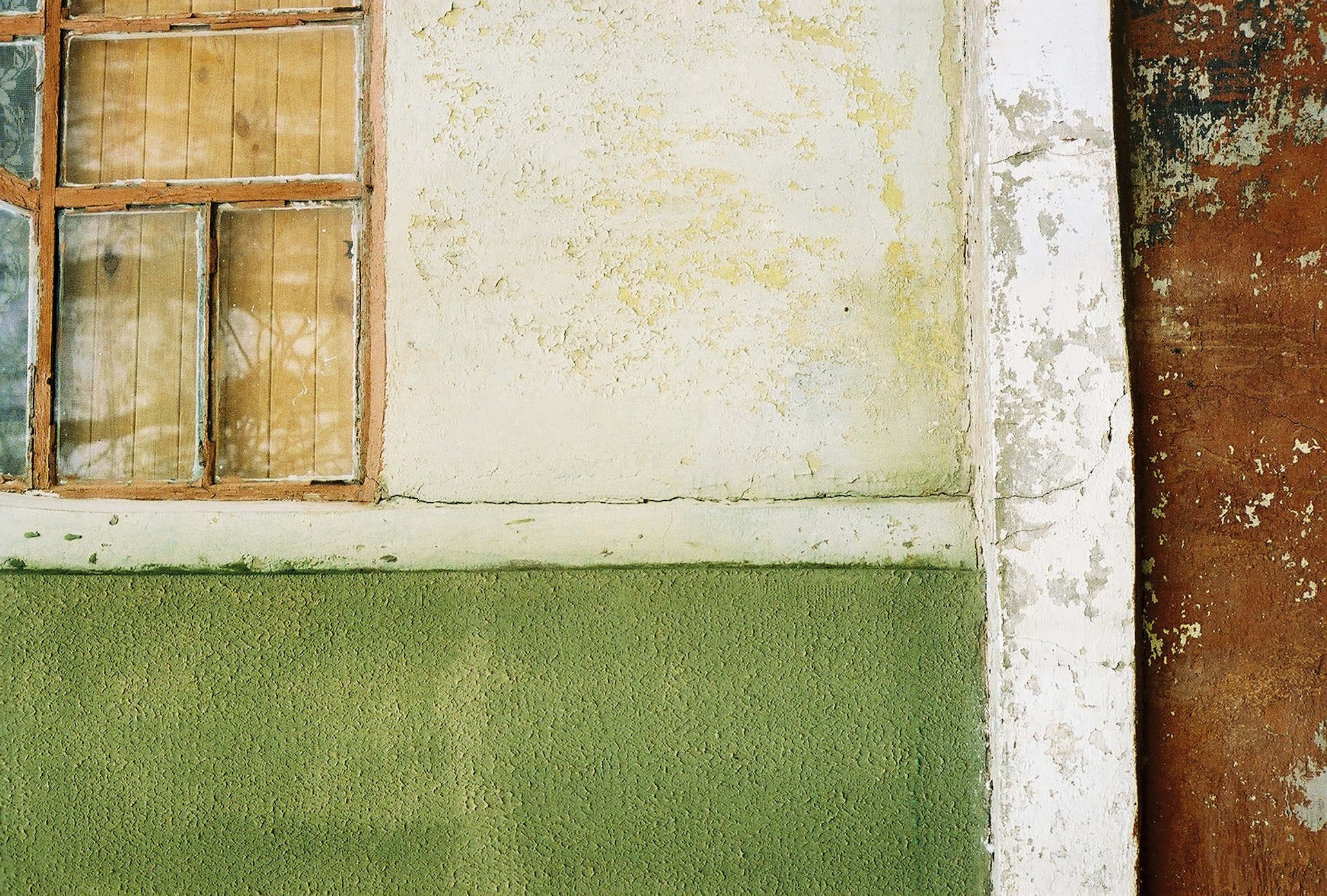Mold Around Windows: Causes, Prevention, and Remediation

Mold around windows is a common issue that homeowners face. Not only does it tarnish the aesthetics of your home, but it can also lead to serious health issues. This comprehensive guide will help you understand why mold forms around windows, how to prevent it, and how to remediate the problem if it already exists.
Unmasking the Causes of Window Mold
The main culprit behind mold formation around windows is moisture. This can be due to various reasons:
- Condensation: When warm, moist air collides with the cooler surface of the window, water droplets form, creating an ideal breeding ground for mold.
- Leaky Windows: If your windows are not properly sealed, rainwater might infiltrate your home, providing moisture for mold to thrive.
- High Indoor Humidity: Activities like cooking, showering, or even just breathing can increase the humidity in your home, promoting mold growth.
Strategies to Prevent Window Mold
Preventing window mold primarily involves managing the moisture levels in your home. Here are some effective strategies:
- Ventilation: Ensure your home is well-ventilated. Using exhaust fans in kitchens and bathrooms and considering a dehumidifier for particularly humid areas can help.
- Window Sealing: Regularly check your windows for leaks and seal them promptly to prevent moisture from entering your home.
- Moisture-Resistant Materials: If you are replacing your windows or making repairs, opt for materials that resist moisture.
- Regular Cleaning: Clean your windows and window sills regularly with a mold-killing product.
Remedying Window Mold
If you discover mold around your windows, it’s important to act swiftly to prevent further spread. Here’s what you can do:
- Protect Yourself: Always wear protective gear, including gloves, goggles, and a respirator, before starting the cleanup process.
- Clean the Mold: Use an antimicrobial product (not bleach) to scrub off the mold. Ensure the area is well-ventilated while you work.
- Dry the Area: After cleaning, dry the area thoroughly to prevent mold from returning.
- Replace Damaged Materials: If the mold has caused significant damage, you might need to replace the affected materials, such as window sills or frames.
While these steps can help in minor cases, significant mold problems may require professional assistance.
Lightning Restoration: Your Trusted Partner for Mold Remediation
If your home is grappling with persistent mold issues around windows, it’s time to call in the professionals. At Lightning Restoration, we offer top-tier mold remediation services in Tampa, FL. Our team of experts will conduct a thorough inspection, identify the sources of mold, and implement effective solutions to not only eliminate the mold but also prevent its recurrence.
Don’t let mold compromise your home’s comfort and safety. Contact Lightning Restoration today and let us restore your peace of mind.
